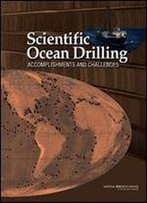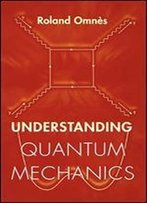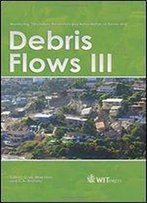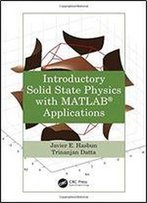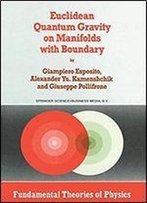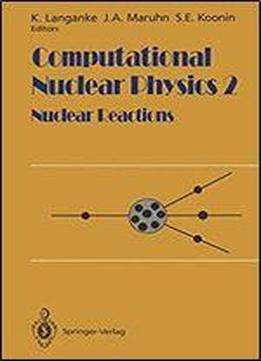
Computational Nuclear Physics 2: Nuclear Reactions (neuroscience)
by Karlheinz Langanke /
1993 / English / PDF
3.6 MB Download
Computation is essential to our modern understanding of nuclear systems. Although simple analytical models might guide our intuition, the complex ity of the nuclear many-body problem and the ever-increasing precision of experimental results require large-scale numerical studies for a quantitative understanding. Despite their importance, many nuclear physics computations remain something of a black art. A practicing nuclear physicist might be familiar with one or another type of computation, but there is no way to systemati cally acquire broad experience. Although computational methods and results are often presented in the literature, it is often difficult to obtain the working codes. More often than not, particular numerical expertise resides in one or a few individuals, who must be contacted informally to generate results this option becomes unavailable when these individuals leave the field. And while the teaching of modern nuclear physics can benefit enormously from realistic computer simulations, there has been no source for much of the important material. The present volume, the second of two, is an experiment aimed at address ing some of these problems. We have asked recognized experts in various aspects of computational nuclear physics to codify their expertise in indi vidual chapters. Each chapter takes the form of a brief description of the relevant physics (with appropriate references to the literature), followed by a discussion of the numerical methods used and their embodiment in a FOR TRAN code. The chapters also contain sample input and test runs, as well as suggestions for further exploration.


